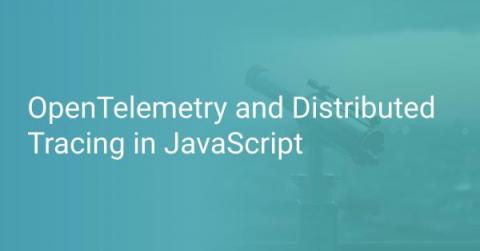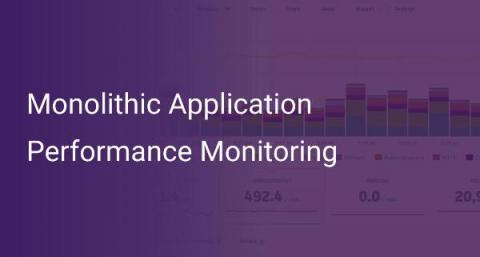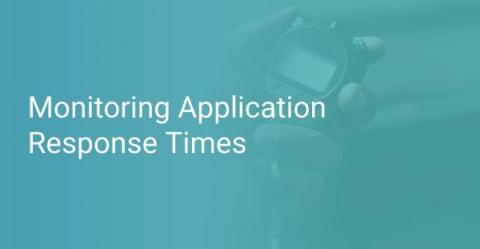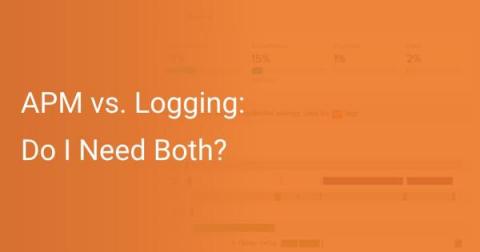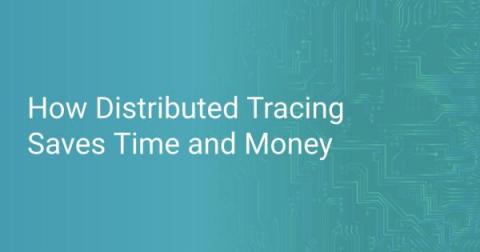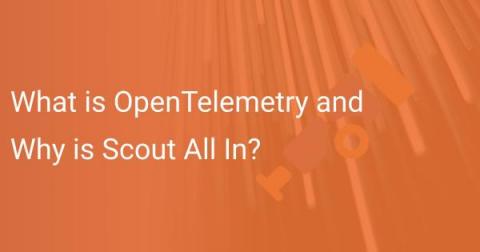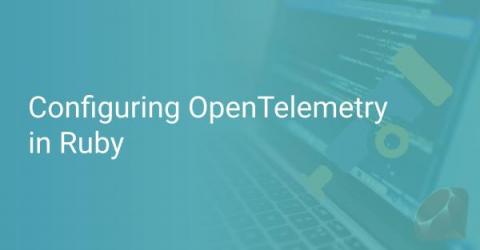Serverless Architecture: Pros, Cons, and Examples
Serverless Computing, or simply serverless, is a hot topic in the current software market. More and more companies are shifting their operations from traditional server-oriented architecture to faster, more modular serverless architecture. The “Big Three” cloud vendors (AWS, GCP, and Microsoft Azure) have shown immense interest in offering the best serverless experience possible. But what exactly is serverless? And how does it work if there is no server at all?



